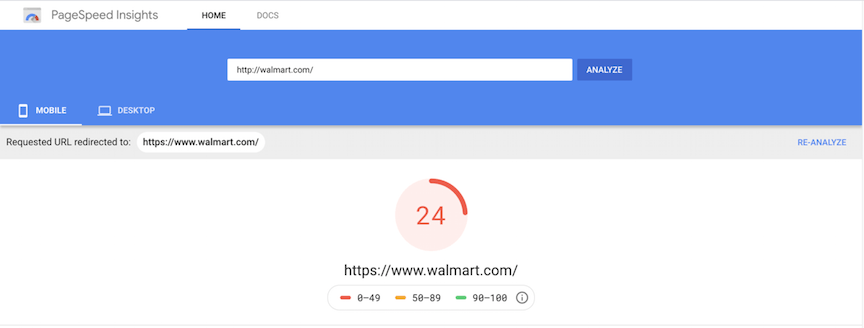More than 50% of all website traffic comes from organic search. Meanwhile, 95% of search traffic goes to sites that show up on the first page of results. That means getting your site on that first results page can massively increase your website traffic, leads, and revenue. That is our goal as a rehab center SEO service.
How do you get your website on that first page? Search engine optimization (SEO) — a collection of strategies that you can use to improve how your site ranks in search engines like Google and Bing.
To help you get started, we put together a quick SEO checklist with steps to follow to begin optimizing your rehab center site for search engines. Just keep reading or explore our professional SEO services for help implementing your SEO checklist.
SEO checklist for 2020
We’ve broken down our SEO checklist template into several categories — on-page, off-page, technical, and SEO tools. These are sure to improve your rehab digital marketing strategies. Let’s dive in!
On-page SEO checklist
On-page SEO refers to actions you can take on your website itself to improve its performance in search engines. Some of the most important on-page SEO elements to consider include:
1. Keyword research
Keyword research is a crucial part of any SEO strategy.
To get started, come up with some keywords that are relevant to your rehabilitation center services. Then, look those keywords up in a keyword research tool.
These tools will give you a list of related keywords. They may also provide information about monthly search volume and competition.
Using the information you get from these tools, put together a list of long-tail keywords to include in your content. Long-tail keywords are keywords that are more specific and typically longer than other keywords.
For example, “rehab center digital marketing” is a long-tail keyword, while “rehab” is a short-tail keyword.
Long-tail keywords are searched less often, and there’s less competition to rank for them. Plus, people who search a specific keyword are typically closer to a purchase decision. For these reasons, focusing on long-tail keywords is an excellent SEO strategy.
2. Content Creation
Next, start planning and creating content for your website.
When people search keywords related to rehab centers, you want to show up at the top of search results — and you need content to rank and help users find your site.
Focus on making content useful to your audience and include your keywords in your content. You can create various types of content, including blog posts, infographics, videos and more.
3. Title Tags & Meta Descriptions
Title tags and meta descriptions tell Google and users what your page is about. Make them descriptive, ensure they accurately reflect the content on the page, and include your keywords in them. Doing so will help them rank and encourage users to click!

4. Alt Tags
Since Google can’t “see” images or videos, you need to tell it what these elements are using alt tags. These tags are short descriptions of a picture, video, or other multimedia features.
Off-page SEO checklist
Google also considers factors outside of your site when determining how to rank it. Off-page SEO refers to strategies related to improving your site’s performance in these areas.
5. Link building
When other reputable websites link to yours, this tells Google that your site is reliable too. You can build links to your site by writing guest posts, asking for links, and creating great content that people want to link to.
6. Social Media
Social media doesn’t affect your rankings directly, but it can help indirectly in numerous ways. It provides an excellent outlet for sharing your content and getting increased traffic and links to your site.








 WebFX, Inc.
1705 N. Front St.
Harrisburg, PA 17102
WebFX, Inc.
1705 N. Front St.
Harrisburg, PA 17102